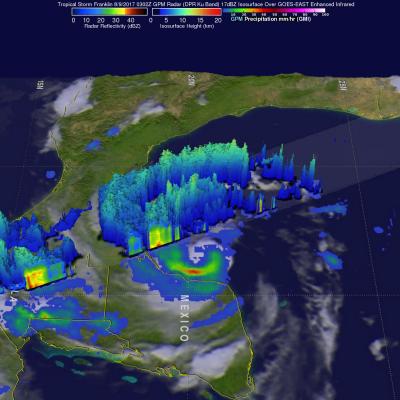Replacement GPM Gridded Text Products
For V05 we produced a daily gridded text product for precipitation data from the core satellite and from the partner constellation imagers. We also produced a monthly rollup of these gridded text products. They were all designated with the product version V05A. If you downloaded these products, we regret to inform you that we found an error in the calculation of convection rate and frozen rate. While the mean precipitation rate values were correct in V05A, convective and frozen rates were erroneous. We have made the necessary changes to the code that produces these products. After extensive




